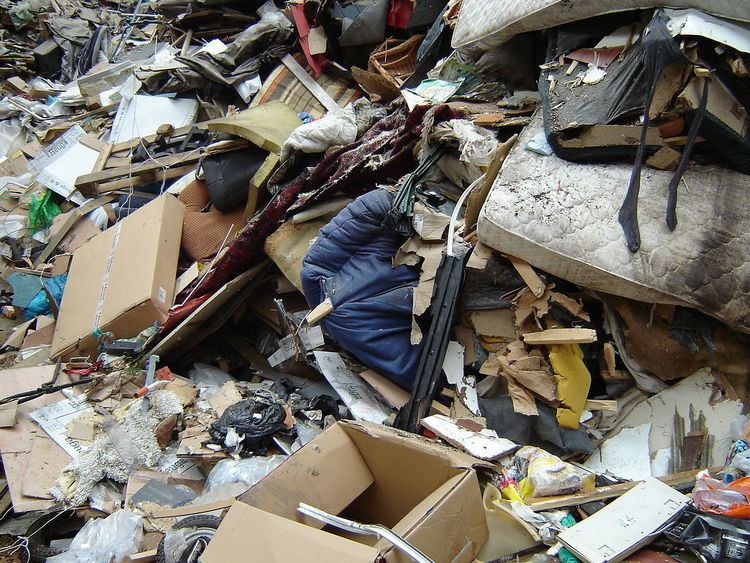 | ||
In-vessel composting generally describes a group of methods that which confine the composting materials within a building, container, or vessel. In-vessel composting systems can consist of metal or plastic tanks or concrete bunkers in which air flow and temperature can be controlled, using the principles of a "bioreactor". Generally the air circulation is metered in via buried tubes that allow fresh air to be injected under pressure, with the exhaust being extracted through a biofilter, with temperature and moisture conditions monitored using probes in the mass to allow maintenance of optimum aerobic decomposition conditions.
This technique is generally used for municipal scale organic waste processing, including final treatment of sewage biosolids, to a safe stable state for reclamation as a soil amendment. In-vessel composting can also refer to aerated static pile composting with the addition of removable covers that enclose the piles, as with the system in extensive use by farmer groups in Thailand, supported by the National Science and Technology Development Agency there.
Offensive odors are caused by putrefaction (anaerobic decomposition) of nitrogenous animal and vegetable matter gassing off as ammonia. This is controlled with a higher carbon to nitrogen ratio, or increased aeration by ventilation, and use of a coarser grade of carbon material to allow better air circulation. Prevention and capture of any gases naturally occurring (volatile organic compounds) during the hot aerobic composting involved is the objective of the biofilter, and as the filtering material saturates over time, it can be used in the composting process and replaced with fresh material.
A more advanced systems design is able to limit the odor issues considerably, and it is also able to raise the total energy and resource output by integrating in-vessel composting with anaerobic digestion. In this approach batches of organic material are first subjected to anaerobic digestion and then later in the same bioreactor the process is switched to composting through the use of forced aeration
